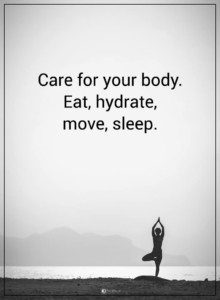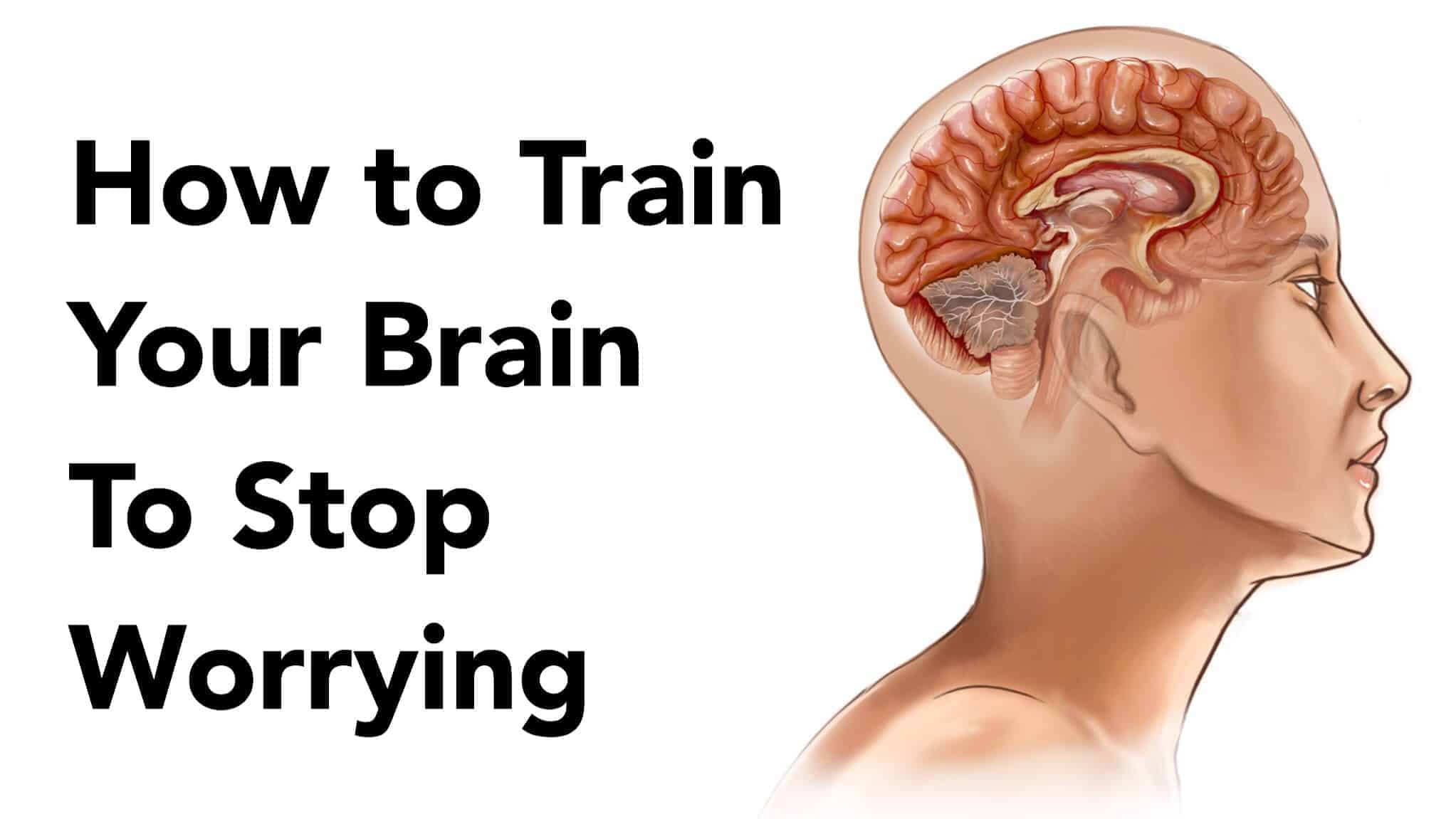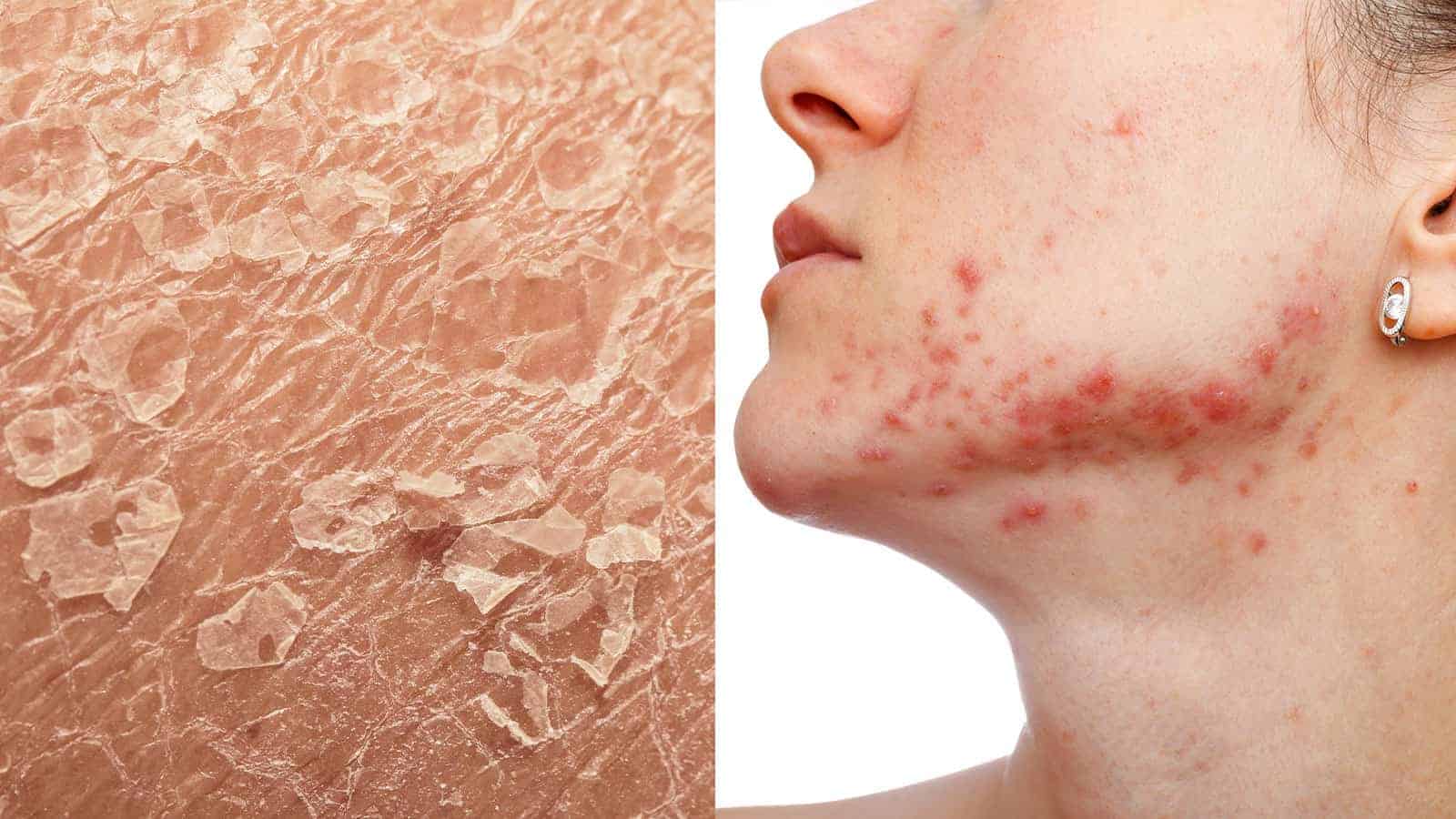Giving birth can be a traumatic experience for your body, and all of the hormonal fluctuations can wreak havoc. Having the baby blues after giving birth is normal, but understanding the symptoms and when to get help is essential. While you might get through the blues without help, it isn’t always that easy and can progress to something more.
Many new mothers experience the baby blues, and dads can go through it, too. While it is more common in women, men also go through a significant life change during this time. However, the blues in men don’t seem to last as long and don’t lead to postpartum depression.
It would be best if you didn’t ignore the blues even though they are normal. Finding ways to treat it is best for you and your beautiful new baby. Once you get through the blues, you can find the joy you thought you’d experience during this time.
Some women experience confusion with the blues because they don’t understand why they struggle with sadness during such a joyful moment. If you wonder the same thing, rest assured that it is normal, and you will get through it with help. Recognizing the symptoms can help you get treatment as you’ll know when it’s time to visit a professional.
What Are The Baby Blues?
 The baby blues are when you feel intense moments of anxiety, sadness, mood swings, and stress after giving birth. Nearly 80% of new mothers experience blues, and it can happen to anyone despite their race, age, income, culture, or educational level.
The baby blues are when you feel intense moments of anxiety, sadness, mood swings, and stress after giving birth. Nearly 80% of new mothers experience blues, and it can happen to anyone despite their race, age, income, culture, or educational level.
Feeling sad doesn’t mean that you’re doing anything wrong, and you can’t blame yourself for your emotions. Baby blues typically kick in two to three days after the baby is born. If your delivery process was even more traumatic than is normal, then it could kick in sooner.
What Are the Symptoms of Baby Blues?
If you have the blues, you’ll experience some of the following natural (and all too common) symptoms:
- feeling angry often
- weepiness, crying and feeling sad for seemingly no reason
- being impatient, moody, cranky, or irritable
- experiencing anxiety more often than normal
- lack of appetite
- inability to make decisions
- feeling overwhelmed
- cutting yourself off from friends or family
- feeling lonely
- having thoughts that you can’t do a good job taking care of your baby
- difficulty concentrating
- feeling restless
- experiencing fatigue but being unable to sleep
- feeling like you aren’t attached or bonded to your baby
- a deep longing for your old life and freedom
Can Your Partner Have The Baby Blues, Too?
Your partner can experience the blues too. However, theirs generally occurs between three and six months after the baby is born. What do baby blues feel like for your partner? The symptoms for a partner having the blues include:
- pulling away and wanting to spend more time alone
- feeling anxious, cranky, angry, or moody more than before
- losing interest in things they once enjoyed
- being unable to focus on work or working more than before
- feeling overwhelmed or hopeless
- experiencing feelings of sadness or frustration
- difficulty sleeping
- having trouble making decisions
 What Causes Baby Blues After Pregnancy?
What Causes Baby Blues After Pregnancy?
There are a few things that may be a possible cause of the baby blues after pregnancy, including:
- Hormone Fluctuation: In the days after having a baby, your hormones fluctuate to help you take care of your baby and for your body to recover. After delivery, your estrogen and progesterone levels suddenly decrease, causing mood swings. Plus, the hormones made in the thyroid gland may severely decrease and leave you tired and feeling depressed.
- Lack of Sleep: In the days after bringing a baby home, you might not get much sleep. All of the changes in routine and the seemingly never-ending nighttime wake-ups can cause severe changes in your mood.
- Emotional Issues : If you are overly nervous about taking care of your new baby, it could cause the blues. You might also be worried about the drastic life change and how you will handle all the differences. Sometimes, the emotional issues will stem from the childbirth experience itself.
- Relationship Problems or Stress: A new baby can cause relationship problems as your life changes drastically. You’ll have less time for other people, and it can lead to issues that make you feel blue. Plus, the additional stress of a new baby is enough to bring about the blues without any other factors.
How Long Do Baby Blues Last?
The blues don’t last long, but when you’re going through it, you might feel like it goes on forever. The symptoms should decrease until they disappear entirely within two weeks of delivery. If it continues past two weeks, it could be more than feeling blue.
How Are Baby Blues Treated?
While there are medications you can take, you can try some natural ways to treat the baby blues, including the following:
- Staying Busy: When you keep your mind and body busy, it’s hard to experience negativity and sadness. When you sense the feelings creeping in, do a puzzle or organize your favorite space. If it helps, consider going for a drive in your favorite area to stay busy and enjoy the sights.
- Getting Outside: Spending a short time in the sun boosts your vitamin D levels and improves your mental well-being. When you’re feeling down, take your shoes off and walk barefoot through your yard. Or, you can take your baby on a walk around the block while you focus on how the air and sun make you feel.
- Taking Care of Yourself: After having a baby, you will likely neglect to take care of yourself. It’s hard to find time for yourself with all the time spent feeding, changing, and taking care of a baby. If you struggle with this, find at least a few minutes each day to do something for yourself.
- Asking for Help: As a new parent, you have so much on your plate as you go through a major life change. It is okay to need help, so speak up and ask for it. You might not feel comfortable leaving your baby yet, but you can have someone come over and help out while you nap or shower.
- Herbal Supplements: Herbal supplements can help combat blues and help you feel significantly better. First, lavender and B Vitamins will bring calming and anxiety relief. Plus, magnesium and chamomile can help you feel calm and help with sleep.
- Alternative Therapy: Alternative therapies include acupuncture, cupping, meditation, and yoga or tai chi. These methods will bring a sense of calm, and they can help you relax while treating the underlying issues. Plus, they offer mind-body benefits, making you feel happier and more at peace.
- Joining a Support Group: As a new mom, you might lose some people you were close to. Not everyone understands all of the major life changes that come with being a parent. Joining a support group allows you to talk with other parents going through the same thing, helping you feel better.
- Getting Enough Sleep: With a new baby in the house, it’ll be hard to sleep whenever you feel like you need it. While it is hard to find time for sleep, make sure you sleep anytime you can. When you need more sleep, accept offers for help so that you can rest even if your baby wakes up.
- Exercising: One of the best ways to overcome the blues is to increase your heart rate and serotonin levels. Exercise also triggers your brain to release endorphins, improving your mood and sense of well-being.
- Implementing a Well-Balanced Diet: The foods you eat contribute to your mood and emotions. Ensuring you eat a diet full of vitamins and nutrients can help you feel better and maintain a positive mindset.
- Spending Time with Your Partner or a Close Friend: After having a baby, you might experience feelings of isolation and loneliness. If this happens to you, make plans with your partner or a close friend to spend some time together. You will feel supported and loved, helping you get through the major transition.
Can Baby Blues Be Prevented?
You can prevent the blues by ensuring an adequate intake of Omega-3 fatty acids during your pregnancy. Your body doesn’t make these fatty acids, so you must include them in your diet. Without enough Omega-3 fats, you will feel depleted of nutrients, and your mental health will suffer.
Experts indicate that a pregnant person should consume at least 650 mg of Omega-3 fats each day. Continue taking the supplements or consuming foods with Omega-3 fats postpartum, too, especially if you are breastfeeding. The fatty acids promote mental clarity and tissue integrity, leading to better mental health.
Baby Blues Vs. Postpartum Depression
The blues and postpartum depression are similar but have a few major differences for you to be aware of. The blues typically occur within days of giving birth and ease within two weeks. However, postpartum depression can affect you after the initial two weeks and can set in weeks or months afterward.
Additionally, the blues cause sudden mood swings from sad to happy, but postpartum depression makes you feel bad constantly. Postpartum depression can also cause panic attacks, which generally don’t occur with the blues.
When Should You Seek Medical Help?
Sometimes, the blues can lead to more severe conditions such as postpartum depression. If you experience the following symptoms, you should seek medical help right away:
- thoughts of harming the baby or yourself
- no improvement after two weeks
- the symptoms get worse
- you can’t take care of your baby
- it interferes with your daily tasks, responsibilities, or chores
 Final Thoughts on Baby Blues After Pregnancy: Symptoms, Causes, And Treatment
Final Thoughts on Baby Blues After Pregnancy: Symptoms, Causes, And Treatment
Experiencing the baby blues after giving birth is normal. Please don’t beat yourself up over feeling sad or a little out of it in the first couple of weeks. Recognizing the symptoms can help you understand what you are going through.
Plus, knowing the causes and how to prevent the blues can make the experience entirely different. If you have blues right now, try some of the natural treatment methods. However, make sure to see a doctor if it continues longer than two weeks postpartum.




















